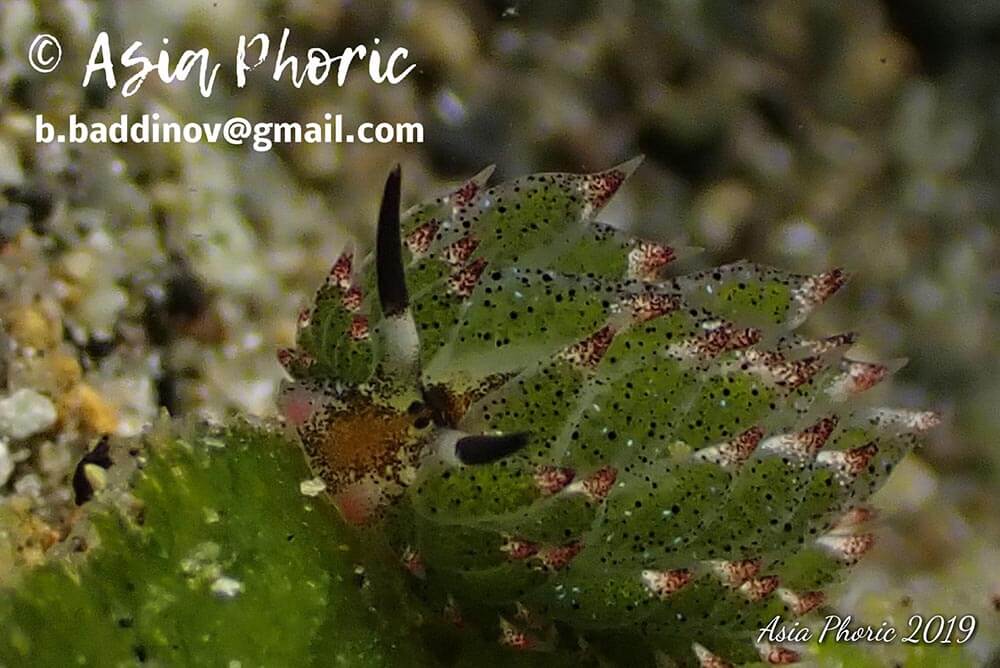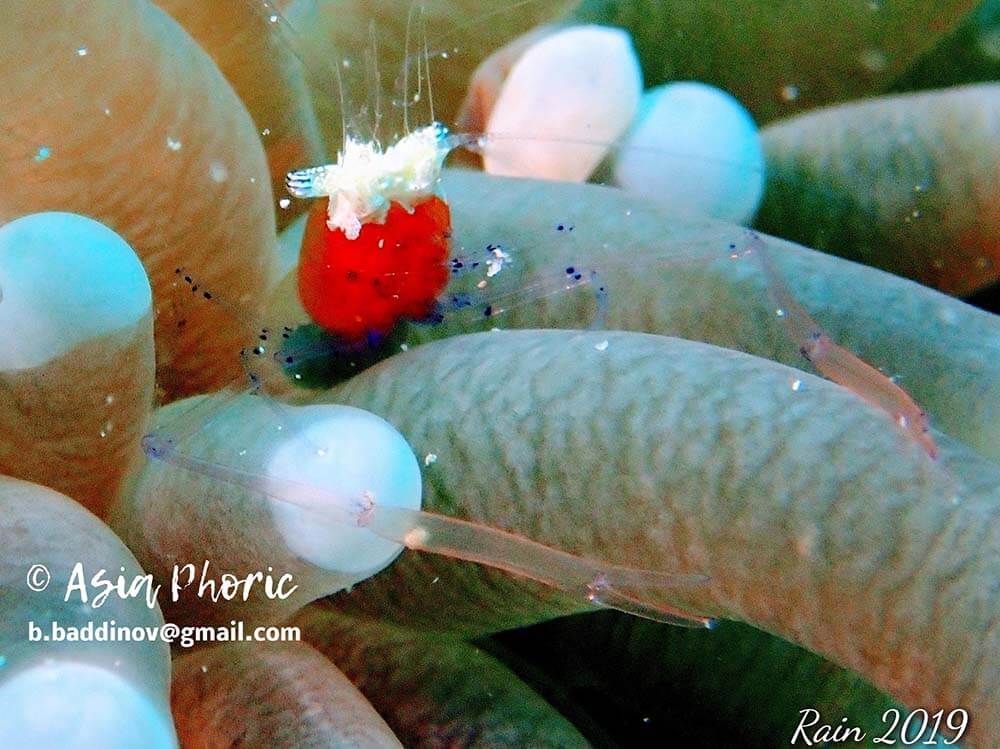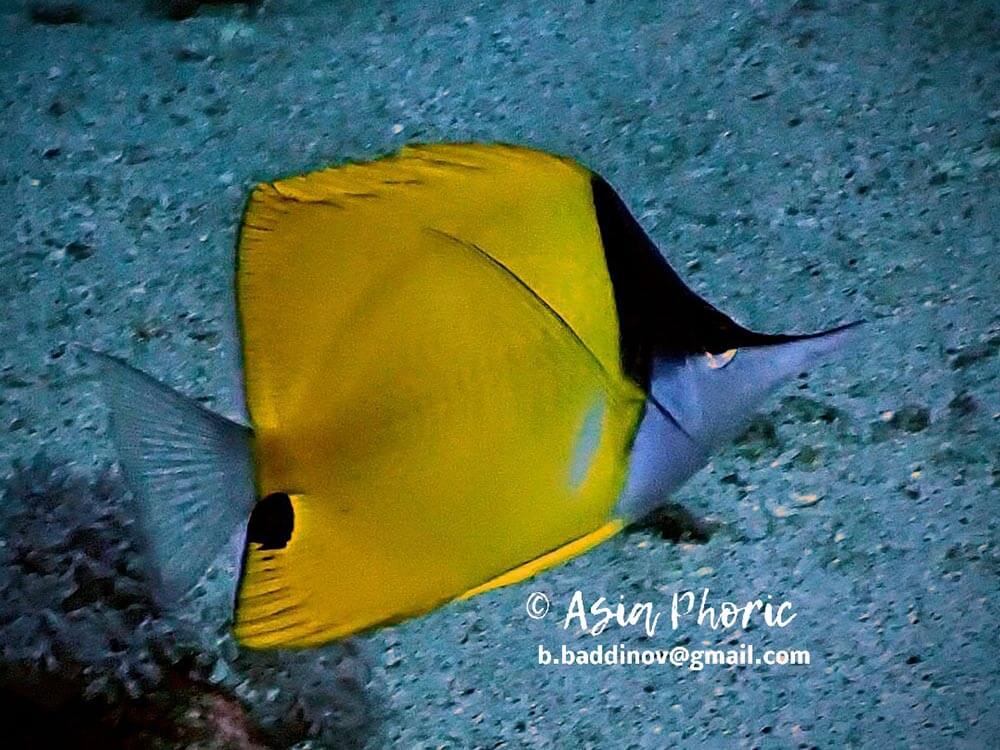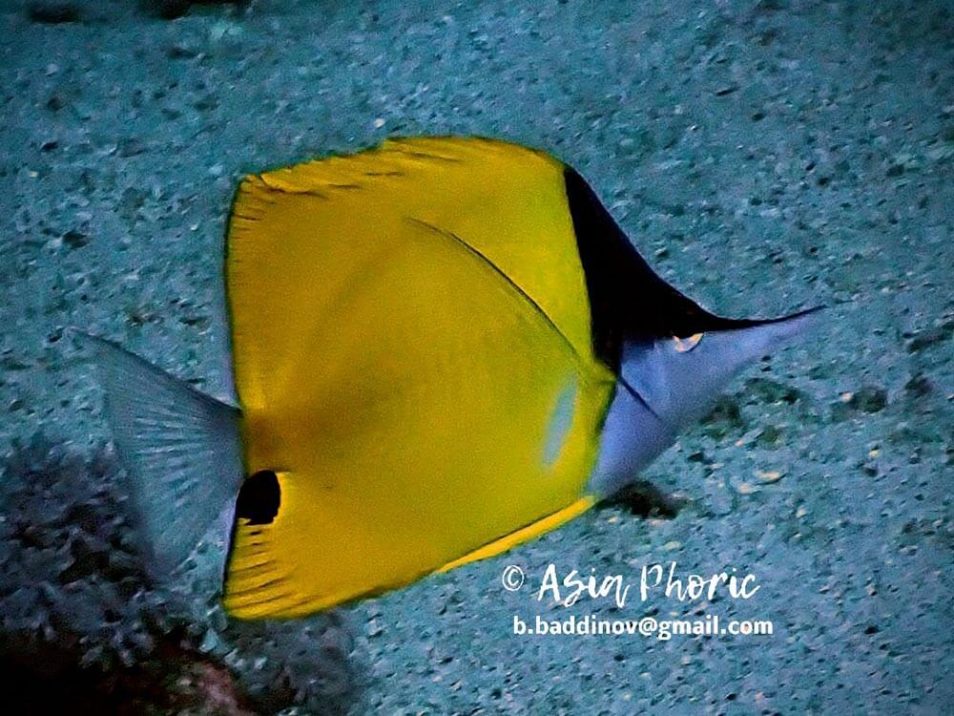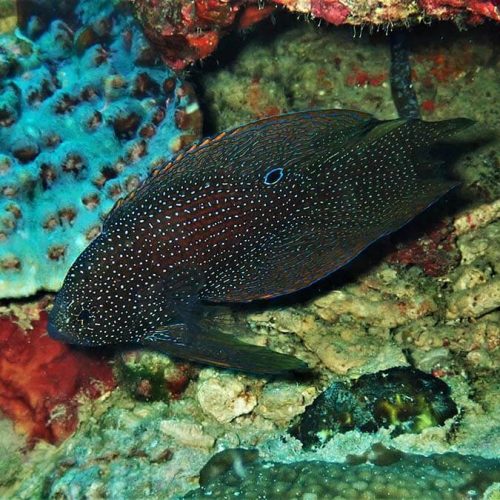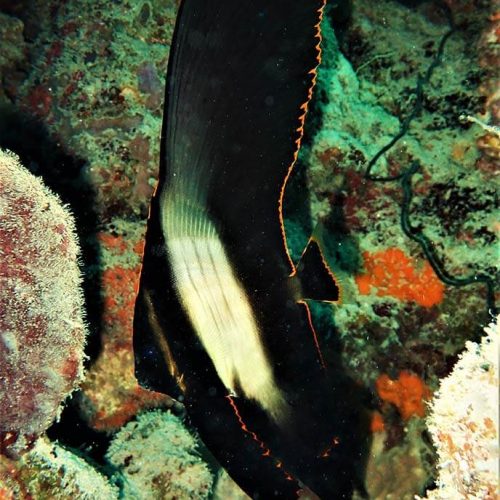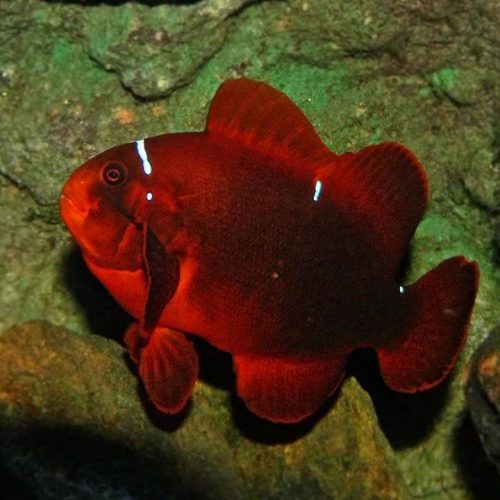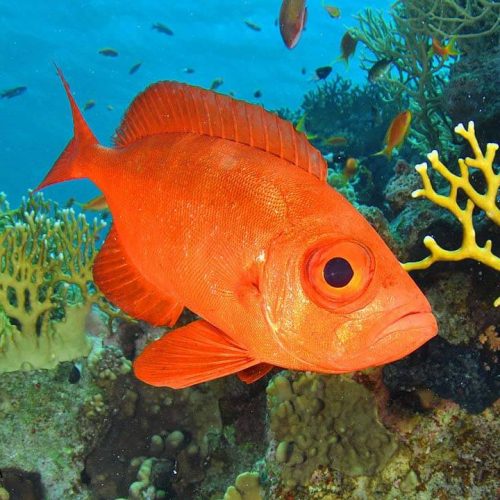Contents
The yellow longnose butterflyfish or forceps butterflyfish (Forcipiger flavissimus) is a species of marine fish in the family Chaetodontidae.
It is a small fish which grows up to 22 cm (8.7 in) in length.[2][3]
This species can also be found in the aquarium trade.
Range and Distribution
The yellow longnose butterflyfish is widespread throughout the tropical waters of the Indo-Pacific area from the eastern coast of Africa to Hawaii, Red Sea included, and is also found in the eastern Pacific Ocean from Baja California to the Revillagigedo Islands and the Galapagos.[1][2]
It is a small fish which grows up to 22 cm (8.7 in) in length.[2][3]
This species can also be found in the aquarium trade.
Territoriality
Being territorial, yellow longnose butterflyfish patrol their patches of coral with a monogamous partner. However, instances of overt aggression among F. flavissimus have been observed between territory holders and individuals of the same sex. Chasing is rare, but when it does occur, males chase males and females chase females.[4] Females defend food resources from other females, while males defend territories containing a female from other males.[5]
Territoriality is a favorable strategy for a species to adopt primarily when resources are temporally stable, predictable, and evenly distributed throughout a territory.[6] Territoriality is commonly displayed by benthic-feeding longnose butterflyfish, therefore, because their main dietary resources fulfill these characteristics.[7] Their monogamous pairing appears to be closely linked to their territorial behavior.[7] Although several could cause a species to evolve monogamous behavior, the necessity for biparental care does not apply to longnose butterflyfish because they lay pelagic, or freely floating, eggs. One source of selective pressure responsible for the monogamous pairs observed could be the advantage of territorial defense it provides. Monogamy is favored when a pair makes the defense of one or more resources more efficient than defense by a solitary individual.[7] Longnose butterflyfish pairs have been confirmed by studies to be heterosexual and pair fidelity has been observed for periods of up to seven or more years.[4]
Besides the advertisement displays accomplished through monogamous pairing, territorial domination by longnose butterflyfish has also been observed by means of acoustic behaviors, which provide important cues and social signals during fish communication.[8] Emitting sounds through complicated body movements is another technique they use to advertise territorial boundaries. Potential rivals are able to assess body size of a competitor based on the duration and intensity of the sound a yellow longnose butterflyfish produces.[8] The duration and intensity of the sounds emitted during antagonistic behaviors, such as the defense of one's territory, often predict the ability of an individual to secure that territory.[8] A sound of long duration and high intensity, therefore, often indicates an individual has a large territory. Defending territory is the strategy these species adopt to compete for and maximize their claims over resources.
References
- ^ a b Myers, R.F.; Pratchett, M. (2010). "Forcipiger flavissimus". IUCN Red List of Threatened Species. 2010: e.T165716A6099950. doi:10.2305/IUCN.UK.2010-4.RLTS.T165716A6099950.en. Retrieved 19 November 2021.
- ^ a b c Froese, Rainer; Pauly, Daniel (eds.). "Forcipiger flavissimus". FishBase. December 2019 version.
- ^ a b Lieske & Myers,Coral reef fishes,Princeton University Press, 2009, ISBN 9780691089959
- ^ a b E. A. Whiteman; I. M. Cote (March 2007). "Monogamy in marine fishes". Biological Reviews. 79 (2): 351–375. doi:10.1017/S1464793103006304. PMID 15191228.
- ^ Bouchon-Navaro, Yolande (December 1986). "Partitioning of food and space resources by chaetodontid fishes on coral reefs". Journal of Experimental Marine Biology and Ecology. 103 (1–3): 21–40. Bibcode:1986JEMBE.103...21B. doi:10.1016/0022-0981(86)90130-9.
- ^ a b c Callum M. Roberts; Rupert F. G. Ormond (May 1992). "Butterflyfish social behaviour, with special reference to the incidence of territoriality: a review". Environmental Biology of Fishes. 34 (1): 79–93. Bibcode:1992EnvBF..34...79R. doi:10.1007/BF00004786.
- ^ a b c Kelly S. Boyle & Timothy C. Tricas (November 2011). "Sound production in the longnose butterflyfishes (genus Forcipiger): cranial kinematics, muscle activity and honest signals". The Journal of Experimental Biology. 214 (Pt 22): 3829–3842. doi:10.1242/jeb.062554. PMID 22031748.
External links
 Media related to Forcipiger flavissimus at Wikimedia Commons
Media related to Forcipiger flavissimus at Wikimedia Commons- WoRMS - World Register of Marine Species - Forcipiger flavissimus Jordan & McGregor, 1898
- Mark McGrouther. "Forceps Fish, Forcipiger flavissimus Jordan & McGregor, 1898". The Australian Museum. Archived from the original on 2020-04-04. Retrieved 2020-04-04.
- Photos of Forcipiger flavissimus in iNaturalist

